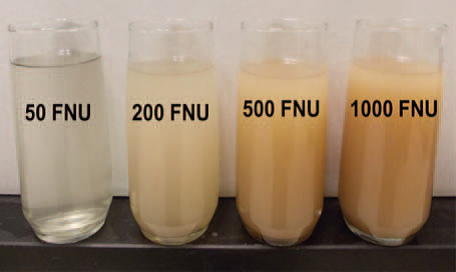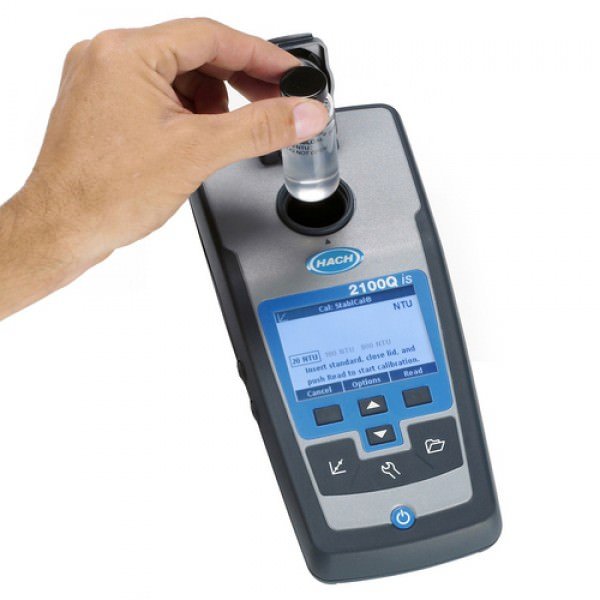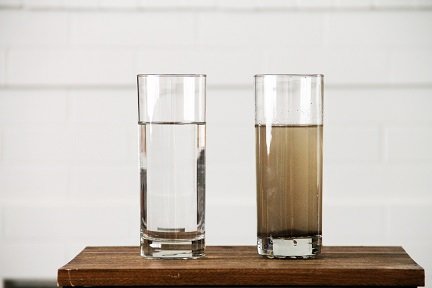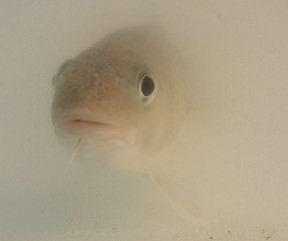Science Explains #6: Why is it important to determine Turbidity and Total Suspended Solids in the Water?
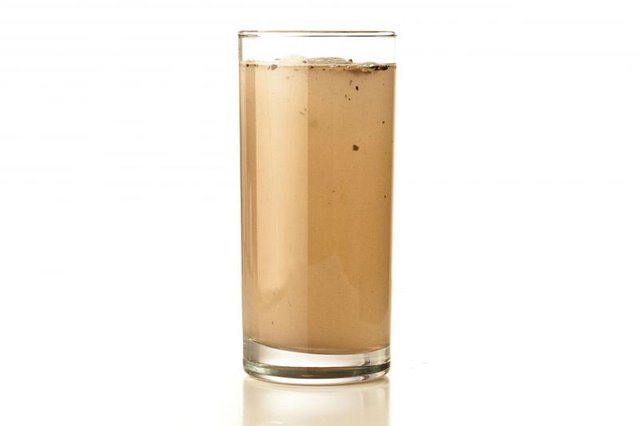
Here in the Philippines, the government has established "Clean Water Act (Republic Act No. 9275) on 2004" which aims to protect the country's water bodies from pollution from land-based sources (industries and commercial establishments, agriculture and community/household activities). RA No. 9275 provides a comprehensive and integrated strategy to prevent and minimize pollution through a multi-sectoral and participatory approach involving all the stakeholders.
To maintain and protect water quality, there are necessary criteria and standards to be followed set by Environmental Agencies for the prevention of water pollution. Water quality analysis is essential to indicate if the water is safe for drinking or other recreations and propagation of aquatic life. The analysis includes Turbidity and Total Suspended Solid determination.
Water
The most essential for the existence of life. We use it for drinking, bathing, cleaning, and other recreational activities like swimming.
Surface Waters
Water on the surface of the Earth — rivers, streams, creeks, lakes, and reservoirs—are vitally important to our everyday life. The main uses of surface water include drinking-water and other public uses, irrigation uses, and for use by the thermoelectric-power industry to cool electricity-generating equipment.
In this episode, Science explains why it is important to test Turbidity and Total Suspended Solids in Surface Waters for determining the water quality in terms of beneficial uses and water body classification.
Turbidity
The degree to which the water loses its transparency due to the presence of suspended particulates is called Turbidity. Suspended materials include soil particles (clay, silt, and sand), algae, plankton, microbes, and other substances which are typically in the size range of 0.004 mm (clay) to 1.0 mm (sand).
Sources of turbidity
From waste discharge (urban and rural areas), soil erosion, eroding stream banks, large numbers of bottom feeders (such as carp), which stir up bottom sediments, and excessive algal growth can result to higher turbidity in water.
Why do we need to analyze Turbidity?
Turbidity can affect the color of the water. Water temperatures can be affected by many factors, one includes turbidity, higher turbidity increases water temperatures because suspended particles absorb more heat. Hence, reduces the concentration of dissolved oxygen (DO) because warm water holds less DO than cold. Higher turbidity also affects photosynthesis of plants due to less amount of light penetrating the water. This, in turn, makes the water less suitable for aquatic organisms.
How do we test Turbidity?
Turbidity is measured using a nephelometer or turbidimeter in NTU (Nephelometric Turbidity Units), which measures the intensity of light scattered at 90 degrees as a beam of light passes through a water sample.

Total Suspended Solids
Solid materials, including organic and inorganic, that are suspended in the water, including silt, plankton, and industrial wastes refer to Total Suspended Solids. Similar to turbidity, as their relationship is directly proportional, TSS affects photosynthesis of plants because of less penetration of light into the water, particles that absorb light makes the water warmer and less DO in the water makes it impossible for some forms of life to exist.
Where do they come from?
Untreated wastewater discharges from households, industrial plant, commercial establishment, erosion from urban runoff and agricultural land, bank erosion, bottom feeders (such as carp), algae growth all contribute to high concentrations of suspended solids in the water.
Why do we need to analyze TSS?
Aquatic life and propagation of fishes can also be affected by Suspended Solids. TSS reduce growth rates of aquatic organisms by preventing egg as well as larval development. Particles that settle out can clog fish gills that suffocate newly-hatched larvae (North Dakota Department of Health, 2005).
How do we test TSS?
Total Suspended Solids will be analyzed via Gravimetric method. Water samples will be filtered using wattman filter paper and the filtrate will be put in a crucible and heated in an oven at 120 ± 5 ˚C. The samples will be then weighed in an analytical balance.

In calculating the TSS, we can use the formula below:
Wt. of solid, mg = (Filtrate – Wt. of filter paper)
TDS = (weight of solid,mg)/(volume of water sample,L)
Why are Turbidity and Total Suspended Solids Important?
The most visible indicators of water quality are Turbidity and TSS.
In the Philippines, DENR Administrative Order No. 2016-08, Section 6: Water Quality Guidelines highlights the allowable amount of TSS and other parameters for Water bodies with respect to their classification.
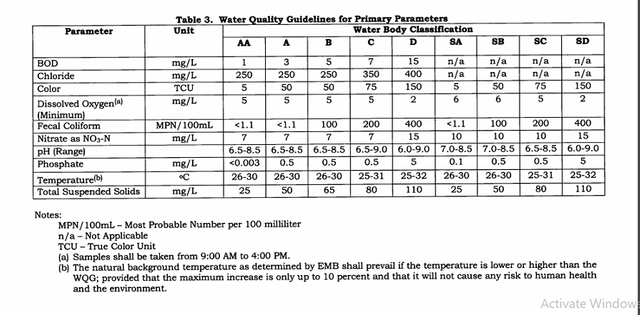
Photo from DENR Administrative Order No. 2016-08.
Base on The WHO (World Health Organization): turbidity of drinking water shouldn't be more than 5 NTU, and should ideally be below 1 NTU.
I HOPE YOU ENJOYED READING. THANK YOU FOR STOPPING BY!

References:
http://denr.sd.gov/des/sw/swqstandards.aspx
https://www.scribd.com/doc/92795024/Philippine-Clean-Water-Act-of-2004
https://www.ndhealth.gov/WQ/SW/Z6_WQ_Standards/WQ_TSS.htm
http://slideplayer.com/slide/6610273/
https://water.usgs.gov/edu/wusw.html
https://www.lenntech.com/turbidity.htm
